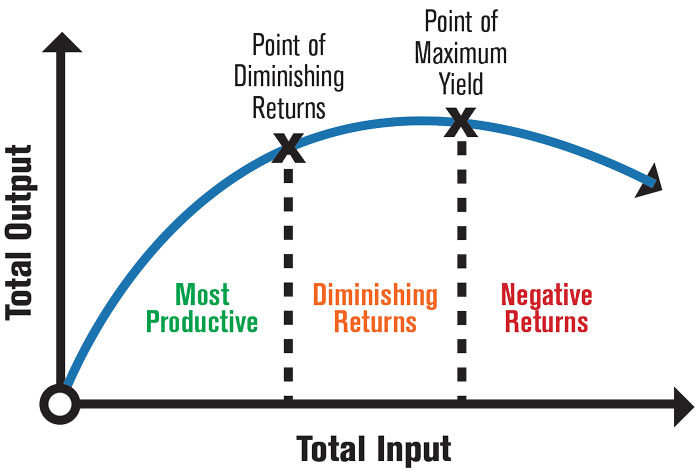No-Till Farmer
Get full access NOW to the most comprehensive, powerful and easy-to-use online resource for no-tillage practices. Just one good idea will pay for your subscription hundreds of times over.

With today's sky-high nitrogen (N) prices, nobody wants to apply more N to their crops than is needed. But on the other hand, commodities are commanding a pretty penny, so leaving yield on the table is also ill-advised.
Mike Zwingman, the agronomy director for Verdesian Life Sciences, says that given the dynamic nature of the N cycle there’s no single solution for N management. But the law of diminishing incremental yield paired with remote sensing technology can help farmers make in-season N adjustments to provide the most yield while reducing the risk of loss.
The starting point for Zwingman is identifying the optimum zone for N application between the “point of diminishing returns” and the “point of maximum yield” (figure 1). “Every bushel before the point of diminishing returns is less expensive than the ones that come after it,” he says. Between the two points, “every additional pound of N is giving us a little less yield, and every time you go past the point of maximum yield, you have N that is going unused and can be lost from leaching, nitrification or denitrification.” He says using an N stabilizer is also critical to help prevent N loss.

ON POINT. Research shows the financial returns from applying nitrogen (N) is not linear. After the point of maximum yield, applied N is at risk of loss, and less profitable per bushel added.
Imagery and tissue sampling make it easier to make objective decisions about…